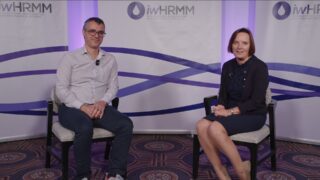The key points from the whole genome is that now we have new risk stratification, now we have ways to understand the disease better. What else we can do beyond it? And whole genome is obviously one place where we learn thousands and thousands of new things, where we find thousands of alterations for a given patient. Beyond the usual suspects, how we can use this very diverse set of information to gain more insights about the additional risk stratification and about the disease biology...
The key points from the whole genome is that now we have new risk stratification, now we have ways to understand the disease better. What else we can do beyond it? And whole genome is obviously one place where we learn thousands and thousands of new things, where we find thousands of alterations for a given patient. Beyond the usual suspects, how we can use this very diverse set of information to gain more insights about the additional risk stratification and about the disease biology. Obviously, these thousands of changes, most of them occur in the non-coding part of the genome, which we think still hides a lot of information from us. By using whole genome sequencing, we are hoping that we will be able to decode some of these and then get more insights about the disease, maybe find new targets, maybe find new stratification factors and learn beyond what we have today. All the whole genome sequencing studies from precursor disease to newly diagnosed to relapsed myeloma show that accumulated DNA alterations or accumulated damage is one of the factors that we need to focus on. We are seeing from other studies, and our studies, that the mutational signatures, the mutational patterns is one factor. And I think it’s up to us how we can combine all this information next and learn more about multiple myeloma.
This transcript is AI-generated. While we strive for accuracy, please verify this copy with the video.














